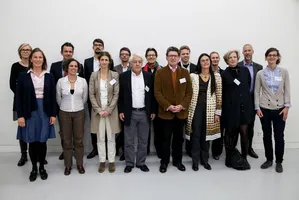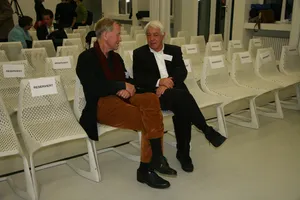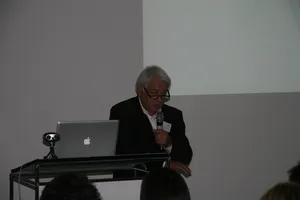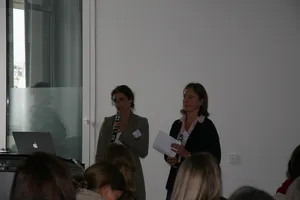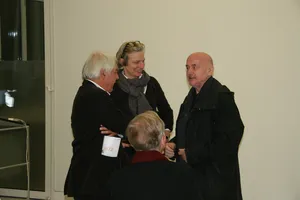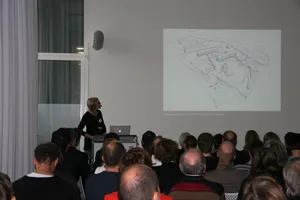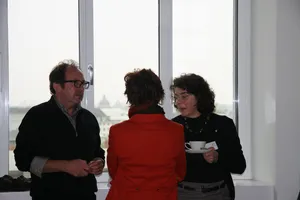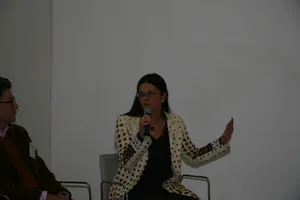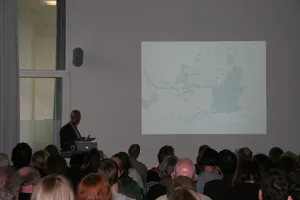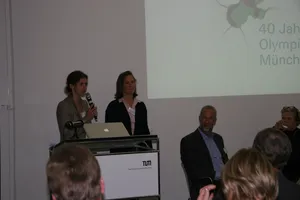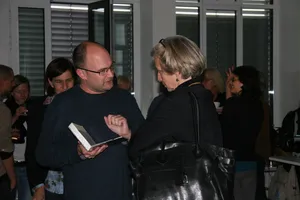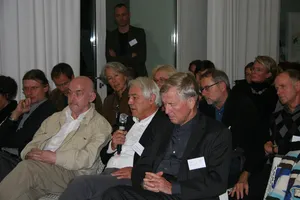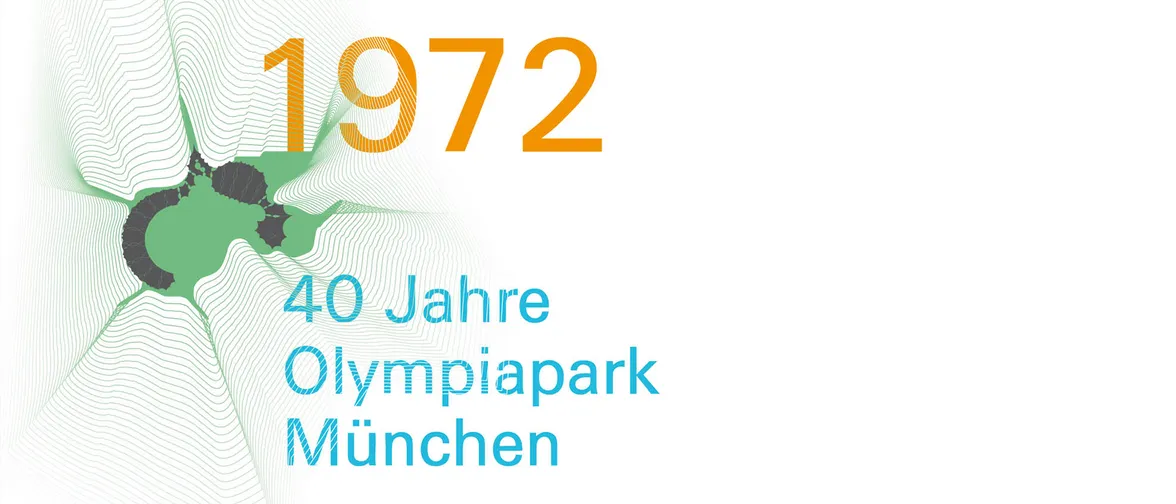
Democratic Green – 40 Years Olympiapark Munich
Symposium TUM – Technische Universität München, Vorhoelzer Forum, Arcisstraße 21, 5. Stock, München
25.-26. October 2012
Description
" Mountain and lake, tree and grove, meadow and swamp, bank and paths ... are elements of a landscape that should be natural and at the same time hard-wearing like a good utility object. " Landscape architect Günther Grzimek realised his idea of a user park in 1972 with the Munich Olympic Park. He advocated a park design that was derived solely from the needs of the users. Even after completion, a park should still offer numerous opportunities for unplanned appropriation and spontaneous change. In 2012, Munich's Olympic Park has been in use for 40 years. Four million visitors a year confirm the unbroken appeal of this spacious public park. The listed Olympic Park is known above all for its almost futuristic modelling in combination with the famous tent architecture of the Olympic buildings by architect Günter Behnisch and the landmark of the television tower. In contrast, Grzimek's underlying design and utilisation concept, which remains provocative to this day, seems to have been almost forgotten.
| 10:00 | Sektion 1: Park und Spiele – eine kulturhistorische Einordnung |
Mediale Inszenierungen der Olympiade 1972
| |
| 11:30 | Sektion 2: Olympische Gestaltungsund Designkonzepte |
Das „ Modell Deutschland “ 72 –
| |
| 15:00 | Sektion 3: Soziale Planungsansätze und Planungsideologien |
Tempelhofer Freiheit oder Marketingobjekt –
| |
| 16:30 | Sektion 4: Gartendenkmalpflege: Ansätze zu Erhalt und Entwicklung des Olympiaparks |
Wachsende Denkmäler – Beispiele der
| |
| 17:30 | Podiumsdiskussion |
| Wem gehört der Olympiapark ? Podium: Tobias Goevert, Guido Hager, Elisabeth Merk und Wilhelm Vossenkuhl Moderation Andrea Gebhard |
Curator
Prof. Regine Keller,
Lehrstuhl für Landschaftsarchitektur
und öffentlichen Raum
(LAO)
Prof. Stefanie Hennecke,
Juniorprofessur für Geschichte und
Theorie der Landschaftsarchitektur
(GTLA)
Supported by
Bayerische Architektenkammer
Bund der Freunde der Technischen Universität München e.V.
CAD-Solutions – Graphisoft
Godelmann
Hilde Richter - Spielgeräte
Buchhandlung L.Werner
Wüstenrot Stiftung
Publication
The Munich Olympic Park of 1972 symbolises the almost congenial interaction of architecture, landscape architecture and visual communication.
It was realised with the intention of representing a new, democratic Germany. Democratic Green - Olympic Park Munich traces the history, the social and political framework and the effects of this project, which integrated all planning disciplines. One focus is on the landscape architecture of Günther Grzimek, who formulated the idea of a park landscape outlined by Behnisch & Partner into a modern public park - the user park.
Demokratisches Grün – Olympiapark München
Stefanie Hennecke, Regine Keller, Juliane Schneegans (Hg.)
jovis Verlag GmbH, 2013
Deutsch
ISBN 978-3-86859-230-6
